The burgeoning field of bioengineering has witnessed significant strides due to the advent of stem cell models, particularly in their application in advanced therapy medicinal products (ATMPs). In this review, we examine the multifaceted im
Tag: Stem Cell

Yale School of Medicine Professors Elected to National Academy of Medicine
Yale School of Medicine professors Erol Fikrig, MD, and Haifan Lin, PhD, have been elected to the National Academy of Medicine.
Improving Access to Cell and Gene Therapy in Pediatrics
Nearly 30 years ago, Children’s Hospital Los Angeles supported one of the first clinical trials for a pioneering stem cell gene therapy for children with a life-threatening form of severe combined immunodeficiency (SCID). Called ADA-SCID—a type of “bubble boy disease” caused by mutations in the adenosine deaminase (ADA) gene—this rare disorder leaves babies with virtually no immune system.
UC Irvine study finds that regulatory crackdown shrinks predatory stem cell marketplace
An international team of health researchers has found that after Canadian and Australian regulators increased their enforcement efforts on their country’s unproven stem cell industry selling purported stem cell and regenerative medicine treatments, the number of businesses selling these products on a direct-to-consumer basis declined.
Stem cell transplantation in cerebrovascular accidents: A global bibliometric analysis (2000-2023)
BACKGROUNDCerebrovascular accident (CVA) is a major global contributor to death and disability. As part of its medical management, researchers have recognized the importance of promising neuroprotective strategies, where stem cell transplan
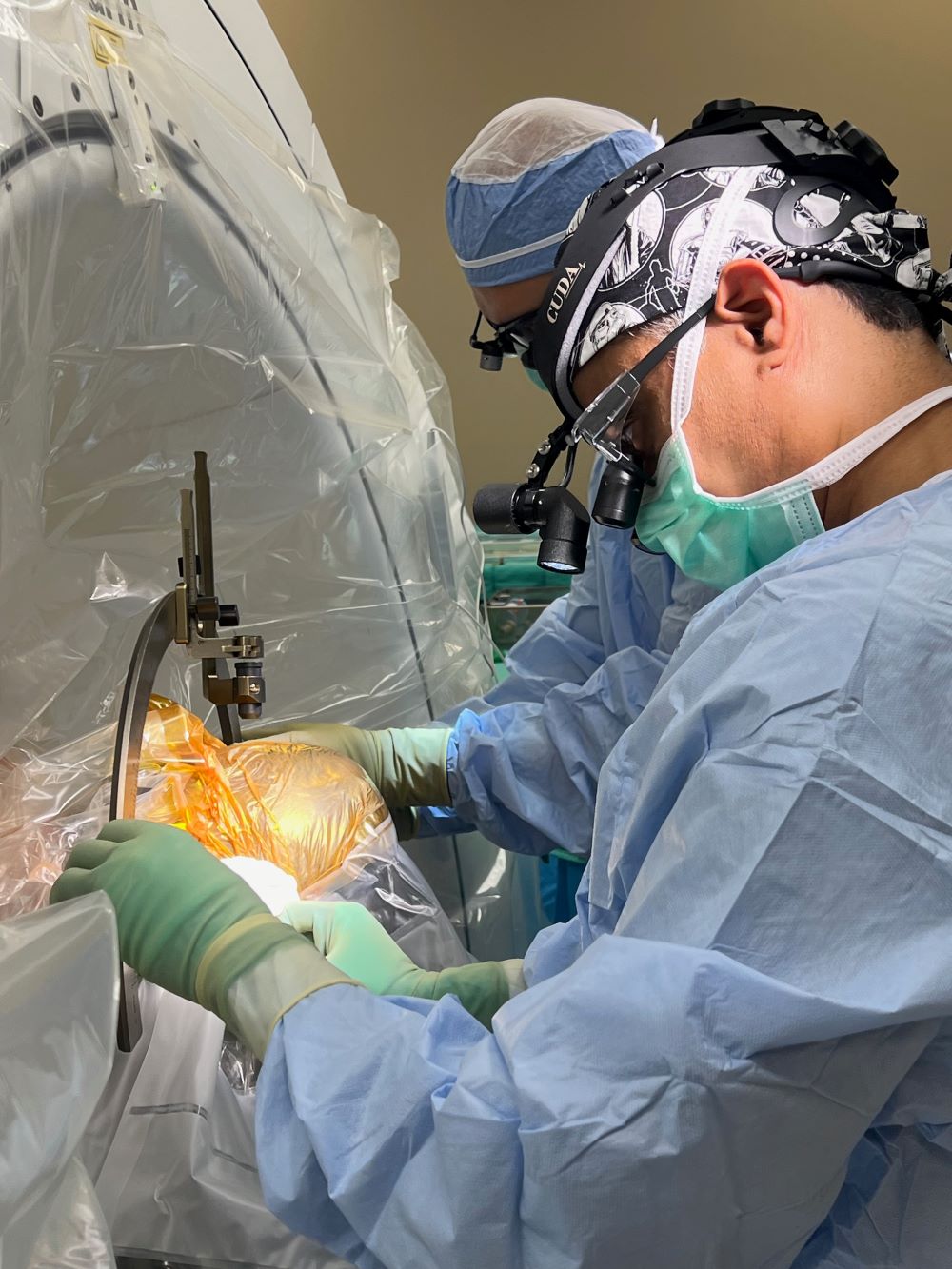
First patient in Texas, Southeast US, enrolled at UTHealth Houston for study of neural cell therapy product to treat epilepsy
UTHealth Houston has enrolled the first patient in the Southeastern United States into a national Phase I/II clinical trial testing whether a neural cell therapy product can help inhibit the abnormal electrical activity that leads to an epileptic seizure.
Potential plausible role of Wharton’s jelly mesenchymal stem cells for diabetic bone regeneration
This letter addresses the review titled “Wharton’s jelly mesenchymal stem cells: Future regenerative medicine for clinical applications in mitigation of radiation injury”. The review highlights the regenerative potential of Wharton’
Searching old stem cells that stay young forever
The sea anemone Nematostella vectensis is potentially immortal. Using molecular genetic methods, developmental biologists led by Ulrich Technau from the University of Vienna have now identified possible candidates for multipotent stem cells in the sea anemone for the first time. These stem cells are regulated by evolutionary highly conserved genes, which in humans are usually only active in the formation of egg and sperm cells, but give ancient animal phyla such as cnidarians a high degree of regenerative capacity to even escape ageing. The results are currently being published in Science Advances and could also provide insights into the human ageing process in the future.
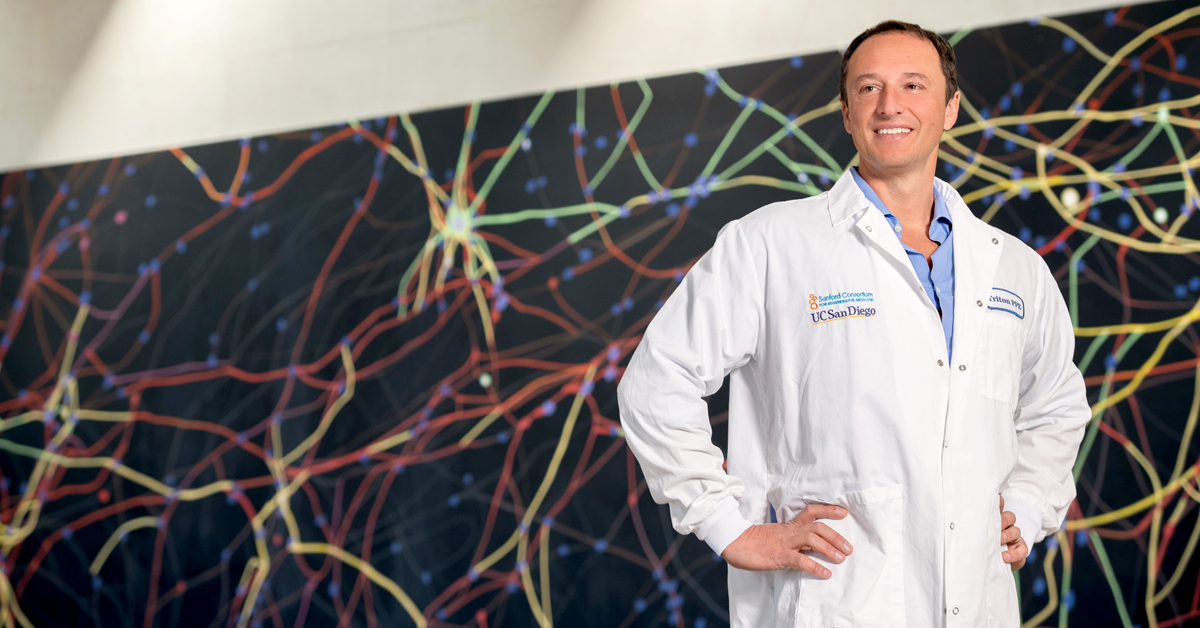
UC San Diego Develops First-In-Kind Protocol for Creating ‘Wired Miniature Brains’
Researchers have developed — and shared — a process for creating brain cortical organoids — essentially miniature artificial brains with functioning neural networks
Brain Overgrowth Dictates Autism Severity, New Research Suggests
Some children with autism thrive, while others require lifelong care. Now scientists know why — and the reason begins in the womb.
Effects of interleukin-10 treated macrophages on bone marrow mesenchymal stem cells via signal transducer and activator of transcription 3 pathway
BACKGROUNDAlveolar bone defects caused by inflammation are an urgent issue in oral implant surgery that must be solved. Regulating the various phenotypes of macrophages to enhance the inflammatory environment can significantly affect the pr
Mesenchymal stem cells’ “garbage bags” at work: Treating radial nerve injury with mesenchymal stem cell-derived exosomes
Unlike central nervous system injuries, peripheral nerve injuries (PNIs) are often characterized by more or less successful axonal regeneration. However, structural and functional recovery is a senile process involving multifaceted cellular
Patient-derived induced pluripotent stem cells with a MERTK mutation exhibit cell junction abnormalities and aberrant cellular differentiation potential
BACKGROUNDHuman induced pluripotent stem cell (hiPSC) technology is a valuable tool for generating patient-specific stem cells, facilitating disease modeling, and investigating disease mechanisms. However, iPSCs carrying specific mutations
Sequencing of the developing human brain uncovers hundreds of thousands of new gene transcripts
Using new sequencing technologies, UCLA and University of Pennsylvania researchers uncovered 214,516 unique isoforms in the developing neocortex — over 70% of which have not been previously studied.
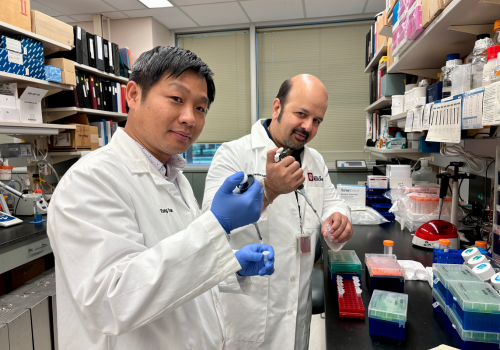
$2.7 million grant to explore hypoxia’s impact on blood stem cells
Indiana University School of Medicine scientists are on a mission to understand why hematopoietic stem cells, responsible for producing all types of mature blood cells, exhibit better responses in a low-oxygen environment within the bone marrow, also known as hypoxia.
Nutrients direct intestinal stem cell function and affect ageing
The capacity of intestinal stem cells to maintain cellular balance in the gut decreases upon ageing.
UCLA-led team finds a stem-cell derived mechanism that could lead to regenerative therapies for heart damage
A UCLA-led team has identified an essential internal control mechanism that can promote the maturation of human stem cell-derived heart muscle cells, possibly leading to new therapies for heart disease and cardiac damage.
Boosting weak immune system: scientists find an unusual weapon against virus
New approach boosts immune system to fight CMV in immunocompromised mice.
Mechanism of adipose-derived mesenchymal stem cell exosomes in the treatment of heart failure
BACKGROUNDHeart failure (HF) is a global health problem characterized by impaired heart function. Cardiac remodeling and cell death contribute to the development of HF. Although treatments such as digoxin and angiotensin receptor blocker dr
New study shows promising evidence for sickle cell gene therapy
UChicago Medicine Comer Children’s Hospital was one of three sites to enroll patients in a clinical trial to test a potentially curative stem cell gene therapy for sickle cell disease. The results were promising.
Neonatal Stem Cells from the Heart Could Treat Crohn’s Disease
Research from Ann & Robert H. Lurie Children’s Hospital of Chicago found that direct injection of neonatal mesenchymal stem cells, derived from heart tissue discarded during surgery, reduces intestinal inflammation and promotes wound healing in a mouse model of Crohn’s disease-like ileitis, an illness marked by chronic intestinal inflammation and progressive tissue damage.
New Insight into How Plant Cells Divide
Plant and animal stem cells both rely on the cytoskeleton to divide properly, but a new study finds that they use them in opposite ways—while animal cells pull on the cytoskeleton, plant cells push it away. Harnessing that action could help scientists engineer more resilient plants.
Groundbreaking Images of Root Chemicals Offer New Insights on Plant Growth
Applying imaging technology to plant roots, researchers have developed a new understanding of chemicals that are responsible for plant growth. The chemical “roadmap” identifies where key molecules are distributed along corn roots and how their placement factors into the plant’s maturation.
Clinical trial for patients with swallowing difficulties after cancer treatment
UC Davis Health researchers have begun a new stem cell clinical trial to treat patients with swallowing problems. The study takes stem cells and injects them into the patient’s tongue.
Susceptibility to Pathogenic T Cells in Chronic Lung Disease May Have Genetic Basis
UC San Francisco researchers have uncovered a surprising role for fibroblasts in the lungs in activating T cell inflammation that drives lung destruction in COPD exacerbation triggered by viral infection. They also identified a T cell subset that can be targeted to treat COPD exacerbations.
Stem Cell Transplants May Delay Disability Longer than Some MS Medications
In people with active secondary progressive multiple sclerosis (MS), hematopoietic stem cell transplants may delay disability longer than some other MS medications, according to a study published in the December 21, 2022, online issue of Neurology®, the medical journal of the American Academy of Neurology. The study involved autologous hematopoietic stem cell transplants, which use healthy blood stem cells from a person’s own body to replace diseased cells.
CUVET Successfully Developed the First Stem Cell Transplantation Technology to Treat Pet Diabetes
For the first time in Thailand, a research team from Chula’s Faculty of Veterinary Science (CUVET) is the first to have successfully developed a method to culture dog pancreatic cells from stem cells and cell transplantation technology. They aim to test the method in the lab and sick animals suffering from diabetes.
UC San Diego Awarded $8M to Expand Stem Cell Therapy Clinical Trials
UC San Diego Alpha Stem Cell Clinic awarded $8M to expand clinical trials of novel stem cell therapies. The CIRM award will advance partnerships between academic and industry experts in San Diego to expedite clinical trials for patients with difficult-to-treat diseases.
Researchers Identify a Regulator of Breast Cancer Development
UT Southwestern researchers have identified a causative signaling pathway in breast cancer, providing potential new targets for treatment of the most common type of cancer in women.
The New York Stem Cell Foundation Names Dr. Derrick Rossi as Interim CEO
The New York Stem Cell Foundation (NYSCF) announced Dr. Derrick Rossi, a member of the NYSCF Board of Directors and co-founder of Moderna, as Interim CEO of NYSCF.
Second patient to receive a first-of-its-kind surgery
Michelle and Jeff were excited to build their new family together, but when she received the distressing news that her developing baby was diagnosed with spina bifida, she looked for the best treatment. She was referred to the world’s first stem cell clinical trial.
Mount Sinai Study Uncovers Mechanisms of Reactive Oxygen Species in Stem Cell Function and Inflammation Prevention
Mount Sinai researchers have published one of the first studies to demonstrate the importance of reactive oxygen species in maintaining stem cell function and preventing inflammation during wound repair, which could provide greater insights into the prevention and treatment of inflammatory bowel diseases (IBD), according to findings published in the journal Gut on October 3.
A Consistent Lack of Sleep Negatively Impacts Immune Stem Cells, Increasing Risk of Inflammatory Disorders and Heart Disease
Mount Sinai study also shows catching up on sleep doesn’t reverse possible negative effects on cellular level
Why We Fit A Mini Brain with a Mini Cap
It could be the world’s tiniest EEG electrode cap, created to measure activity in a brain model the size of a pen dot. Its designers expect the device to lead to better understanding of neural disorders and how potentially dangerous chemicals affect the brain.
This engineering feat, led by Johns Hopkins University researchers and detailed today in Science Advances, expands what researchers can accomplish with organoids, including mini brains—the lab-grown balls of human cells that mimic some of a brain’s structure and functionality.
Study reveals yunnanozoans as the oldest known stem vertebrates
Scientists have long puzzled over the gap in the fossil record that would explain the evolution of invertebrates to vertebrates. Vertebrates, including fishes, amphibians, reptiles, birds, mammals, and humans, share unique features, such as a backbone and a skull. Invertebrates are animals without backbones.
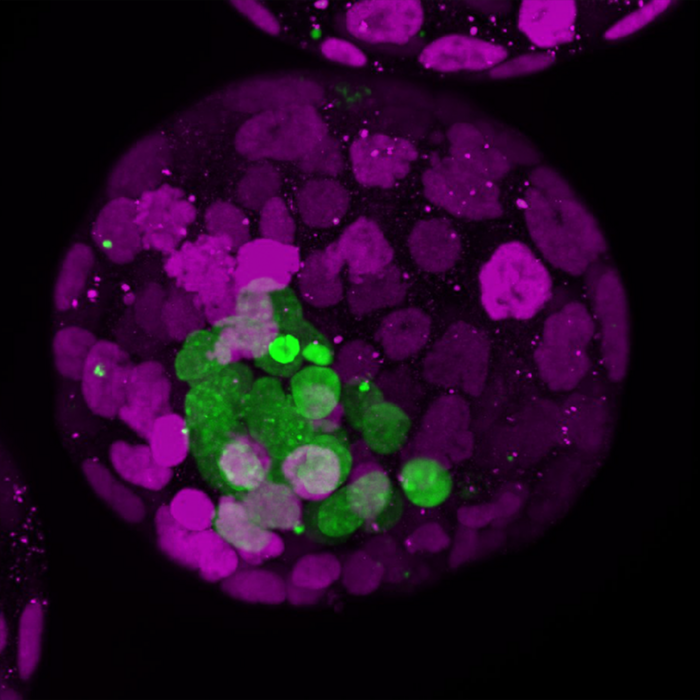
The beginning of life: The early embryo is in the driver’s seat
One often thinks that the early embryo is fragile and needs support. However, at the earliest stages of development, it has the power to feed the future placenta and instructs the uterus so that it can nest. Using ‘blastoids’, in vitro embryo models formed with stem cells, the Lab of Nicolas Rivron at IMBA showed that the earliest molecular signals that induce placental development and prepare the uterus come from the embryo itself. The findings, now published in Cell Stem Cell, could contribute to a better understanding of human fertility.
Ancient Viral Elements Embedded in Human Genome Not From Fossil Retrovirus
Using a next generation sequencing analysis to examine human endogenous retrovirus (HERV) integration sites, researchers from Kumamoto University, the National Institute of Genetics (Japan), and the University of Michigan (USA) have discovered that these ancient retroviruses can undergo retrotransposition (DNA sequence insertion with RNA mediation) into iPS cells.
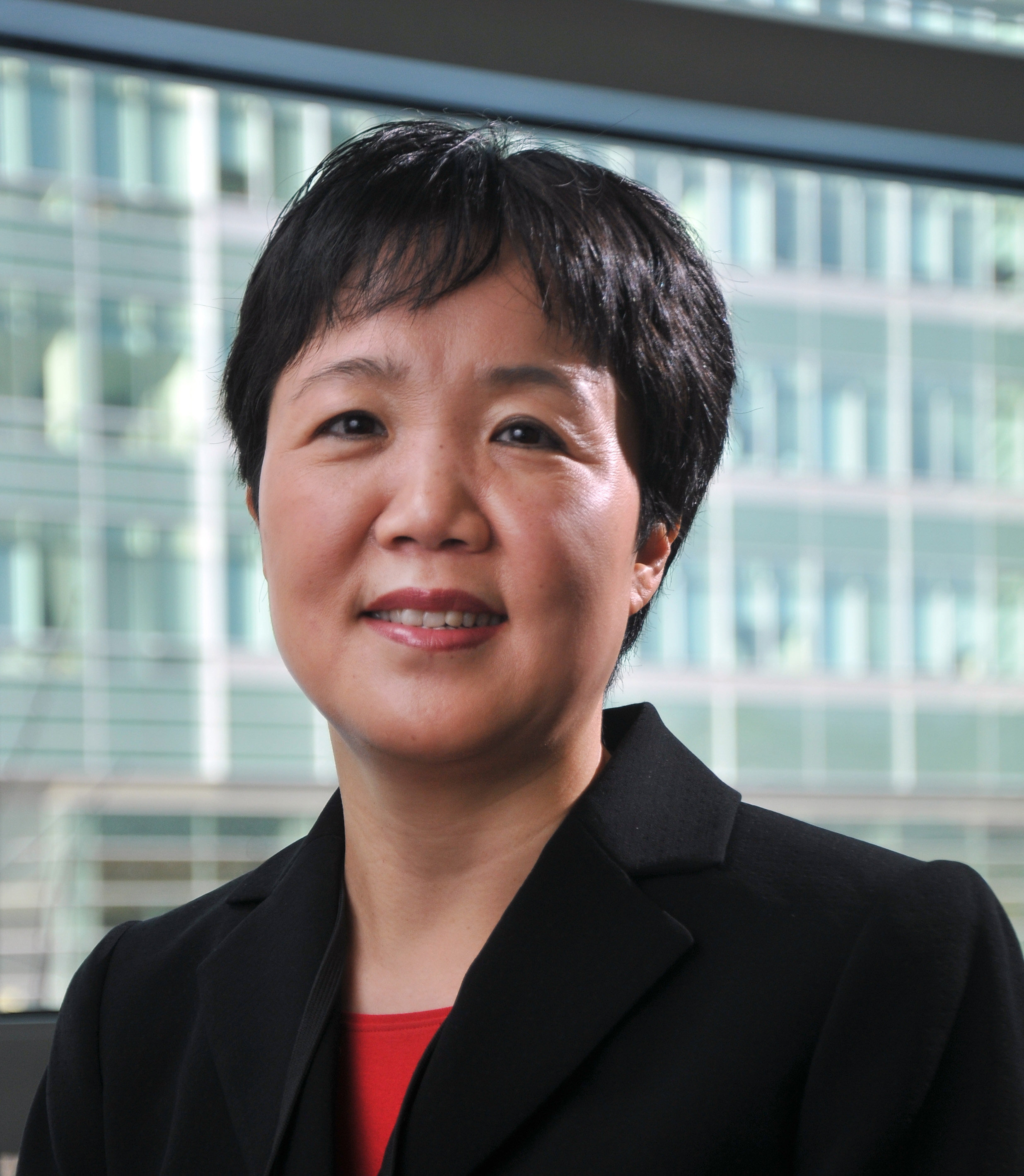
Internationally renowned cancer researcher joins cancer center’s leadership team
UC Davis Comprehensive Cancer Center has a new chief science officer and associate director for basic science. Xiao-Jing Wang comes from the University of Colorado Anshutz Medical Campus where she focused on skin as well as head and neck cancers
Double agents: How stomach stem cells change allegiance upon injury
A stomach adult stem cell population can fulfill two distinct functions: either help with digestion under normal conditions or take the lead on injury response.
New link between diet, intestinal stem cells and disease discovered
The intestine is essential for maintaining our energy balance and is a master at reacting quickly to changes in nutrition and nutrient balance.
Businesses selling non-FDA-approved stem cell products grew four-fold in five years, UCI study says
More than four times as many businesses and clinics than were identified in 2016 are selling stem cell products not approved by the U.S. Food and Drug Administration and lack convincing evidence of safety and efficacy, according to a five-year study conducted by University of California, Irvine Program in Public Health professor of health, society and behavior Leigh Turner. The analysis appears online in the journal Cell Stem Cell.
Strict lineage tracing crucial to nerve cell regeneration research, study says
UT Southwestern stem cell scientists find that stringent lineage tracing is crucial for studies of nerve cell regeneration. Their results, which are published in Cell, show that this tracing is far from routine in the field and suggest that earlier studies reporting “striking” regeneration results must be reexamined.
Princess Margaret Cancer Centre researchers discover key stem cell dormancy mechanism which could help unlock future cancer treatments
Princess Margaret Cancer Centre researchers have made new findings which provide a broader understanding of how dormant hematopoietic stem cells are activated and could pave the way towards therapeutic treatments for a number of cancers.
Research provides a roadmap to HIV eradication via stem cell therapy
A groundbreaking study found that stem cells reduce the amount of virus causing AIDS, boost the body’s antiviral immunity, and restore the gut’s lymphoid follicles damaged by HIV. It provided a roadmap for multi-pronged HIV eradication strategies.
First time in Thailand – Chula Successfully Uses Stem-cell Transplantation to Treat Systemic Sclerosis Patients with Pulmonary Fibrosis
April 8, 2021 – The Division of Rheumatology, Department of Medicine, Faculty of Medicine (CU Medi), Chulalongkorn University and King Chulalongkorn Memorial Hospital, the Thai Red Cross Society (Chulalongkorn Hospital), in collaboration with the Departments of Hematology, Pulmonary and Critical Care Medicine, and Infectious diseases, held a press conference on “Thailand’s first successful treatment of systemic sclerosis patients with pulmonary fibrosis by stem cell transplantation“.
National Eye Institute launches data portal for macular degeneration research
The National Eye Institute (NEI) Data Commons now enables researchers to access data from patients with macular degeneration who participated in the Age-related Eye Disease Study 2 (AREDS2). The database complements newly available stem cell lines created by the New York Stem Cell Foundation Research Institute (NYSCF) from blood cells of AREDS2 study participants.
Potential Target for Treating Many Cancers Found Within GLI1 Gene
Scientists from the Stanley Manne Children’s Research Institute at Ann & Robert H. Lurie Children’s Hospital of Chicago found that a region within the DNA of the cancer-promoting GLI1 gene is directly responsible for regulating this gene’s expression. These findings, published in the journal Stem Cells, imply that this region within GLI1 could potentially be targeted as cancer treatment, since turning off GLI1 would interrupt excessive cell division characteristic of cancer.

Rush University Medical Center to Hold Screening for Documentary, Feb. 24
Rush University Medical Center will hold a virtual screening and panel discussion of a new documentary about regenerative research that features surgeon and researcher Richard Fessler, MD, PhD.
Scientists Take Important Step Toward Using Retinal Cell Transplants to Treat Blindness
Retinal cells derived from a cadaver human eye survived when transplanted into the eyes of primate models, an important advance in the development of cell therapy to treat blindness, according to a study published on January 14 in Stem Cell Reports.
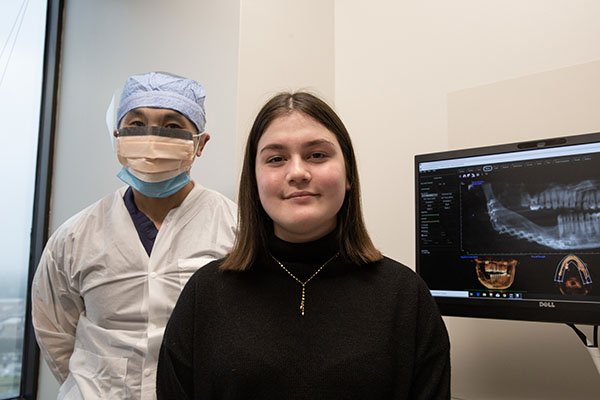
Girl gets her smile back – and a new jaw – thanks to innovative tissue engineering procedure
Nine-year-old Grace Moss of Laredo, Texas, was facing a daunting prospect. A tumor that had invaded her jaw had been removed, but now the plastic surgeon wanted to remove her fibula – the smaller of the two bones in her lower leg – to use as a graft.